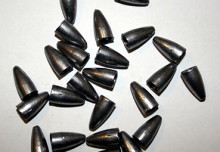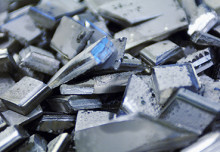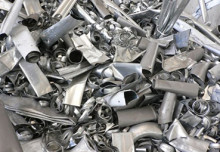Aluminum is a lightweight metal with silver-grey colour and a very high resistance to corrosion. Although it is one of the most abundant elements in the earth’s crust, it took years of research to get the metal from the ore is now so widespread.
The aluminum is found primarily in bauxite ore. The pure metal is extracted by electrolysis, but before the ore must be melted to allow the flow of electricity. Given the very high melting point (above 2000 ° C), it is a difficult and expensive process; therefore the profitability of its production (and therefore the level of supply on the market) is very dependent on production costs, including those of energy consumption.
China is the largest producer of aluminium, followed by Russia, Canada and the United States. In addition to being produced from primary sources, aluminium is one of the metals most commonly recycled. The current world production is about 30 million metric tons per year.
MAIN USES
Transport
In the transport sector, aluminium is used for the construction of automobiles, airplanes and ships. The aluminum frames are significantly lighter than the equivalent steel structures, and this will lead ta greater energy efficiency and thus lower environmental costs.
Construction
Its resistance to corrosion, combined with its lightness and strength, make aluminum a particularly suitable material for the construction industry. It is widely used in buildings, as well as the external lining: this use of aluminum can increase the energy efficiency of the structures due to its reflective nature.
Packing
by aluminum sheets can be obtained and fine light suitable for the packaging of a variety of foods, can provide a total barrier against light, moisture and oxygen.
THE MARKET OF ALLUMINIUM
Aluminum is the most traded contract on the London Metal Exchange (LME). There are four trading sessions daily with bargaining ” open outcry “, and official prices are fixed during the second “ring” of aluminum in the day, from 12:55 to 13:00.
The factors that affect the price of aluminum are:
- Energy Costs
- Taxes on carbon






 English
English Italiano
Italiano